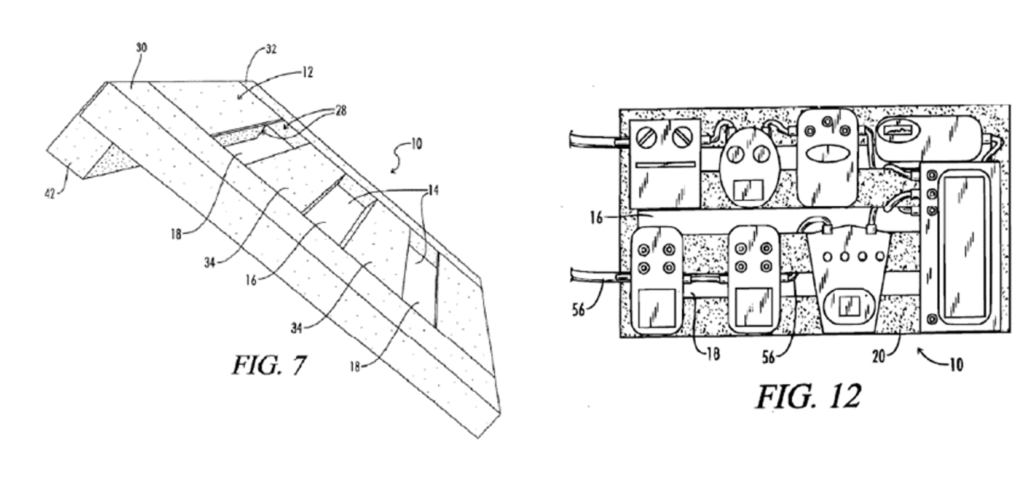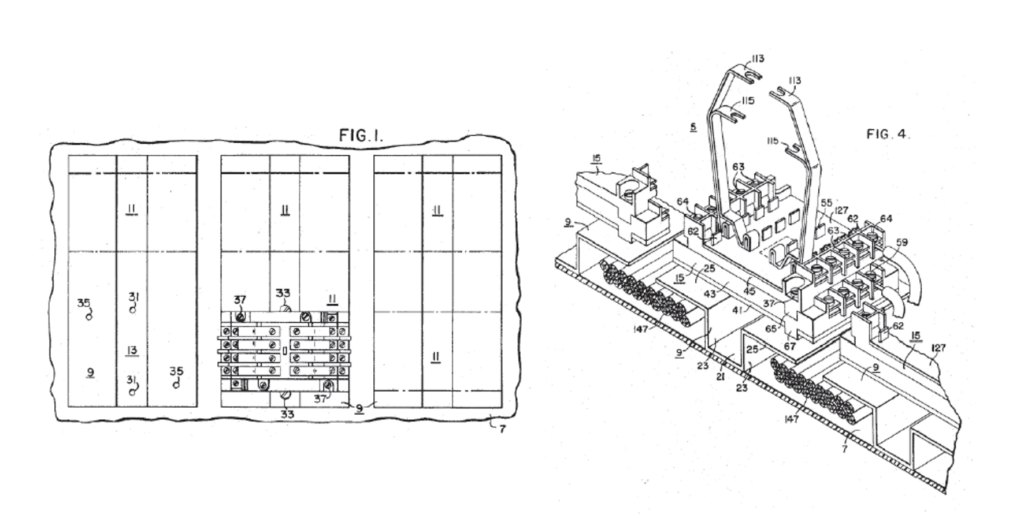Rejecting a defendant’s request for a new trial on a variety of grounds, the US Court of Appeals for the Federal Circuit affirmed a damages award and explained that apportionment was unnecessary because a sufficiently comparable license was used to determine the appropriate royalty. Vectura Ltd. v. GlaxoSmithKline LLC et al., Case No. 20-1054 (Fed. Cir. Nov. 19, 2020) (Prost, C.J.)
Vectura owns a patent directed to the production of composite active particles for use in pulmonary administration, such as in dry-powder inhalers. Vectura filed a lawsuit against GlaxoSmithKline (GSK) alleging infringement of the patent by GSK’s Ellipta-brand inhalers. At trial, a jury found the patent valid and infringed, and awarded $90 million in damages. After GSK’s motion for judgment as a matter of law (JMOL) on infringement was denied, GSK appealed.
The Federal Circuit affirmed, rejecting all of GSK’s arguments. The Court rejected GSK’s argument that, based on a claim construction issue, it was entitled to JMOL of non-infringement. The asserted claims of the patent related to “composite active particles” made up of particulate additive material (magnesium stearate) on the surface of a particle of active material, used to promote the dispersion of these particles (in, e.g., inhalers). GSK argued that there was no substantial evidence of improved dispersion because Vectura’s scientific test was technically defective. The Court concluded that this test “generally supported” Vectura’s view and that, in any event, Vectura had provided other evidence—including GSK’s own documents—that the accused inhalers demonstrated improved dispersion.
The Federal Circuit also rejected GSK’s argument that the district court had erroneously construed the claim term “composite active particles” to mean “[a] single particulate entit[y/ies] made up of a particle of active material to which one or more particles of additive material are fixed such that the active and additive particles do not separate in the airstream.” GSK argued that this term required use of the “high energy milling” process referred to in the specification of the patent, but the Federal Circuit disagreed, stating that “[a]lthough the [asserted] patent contains a few statements suggesting that its high-energy milling is required . . . those statements are outweighed by the numerous statements indicating that high-energy milling is merely a preferred process.”
The Federal Circuit further rejected GSK’s argument that Vectura’s damages theory was deficient. Vectura’s damages theory was based on a 2010 license between the parties relating to highly comparable technology. GSK argued that Vectura’s damages theory simply adopted the royalty rate from this prior license wholesale and failed to “show that the patented . . . mixtures drove consumer demand for the accused inhalers before presenting a damages theory based on the entire market value of the accused inhalers.” The Court noted that the case presented a “rather unusual circumstance” in that, while apportionment is ordinarily required where an entire-market-value royalty base is inappropriate, “when a sufficiently comparable license is used as the basis for determining the appropriate royalty, further apportionment may not necessarily be required.” The Court concluded that this was “one [...]
Continue Reading
read more


 Subscribe
Subscribe




